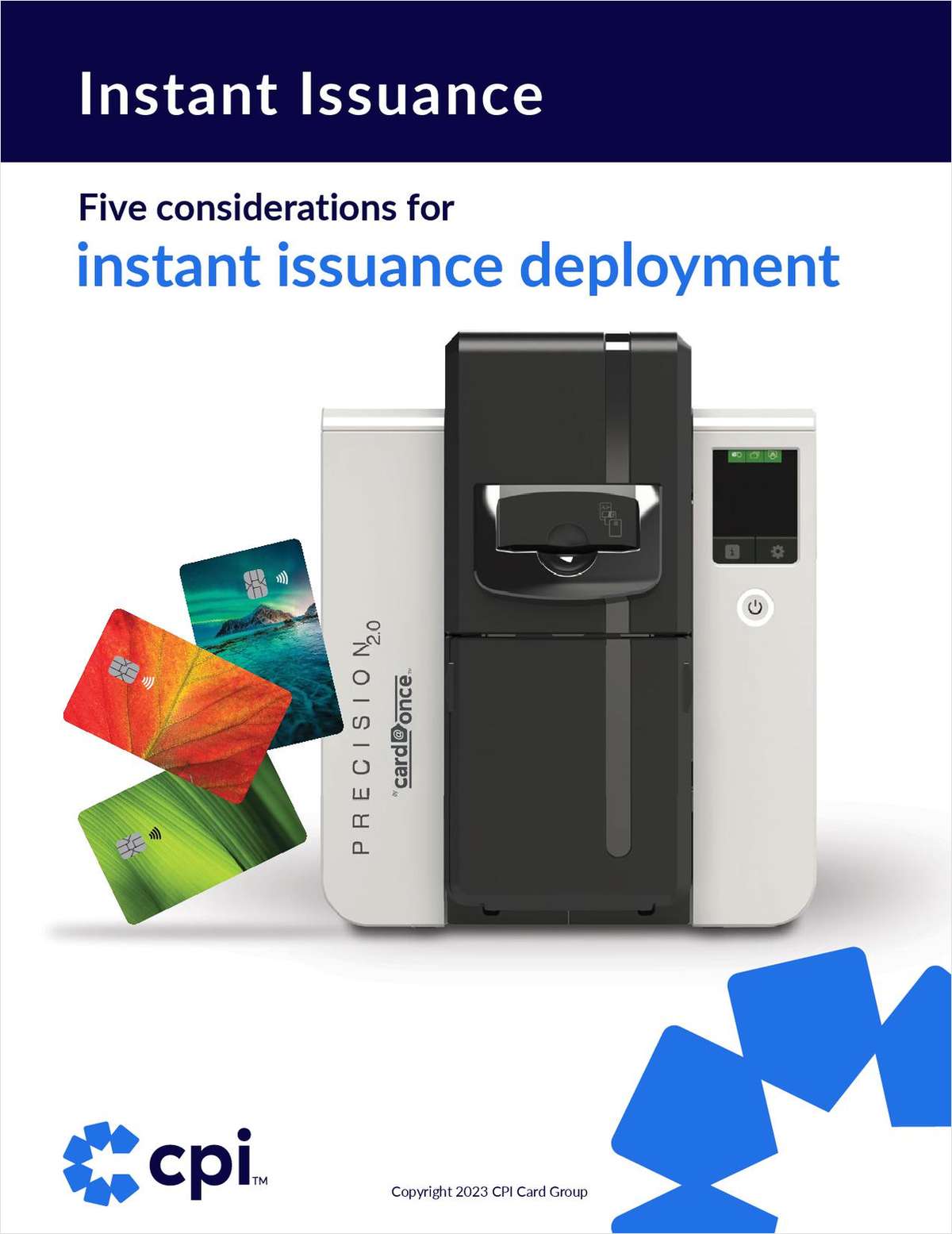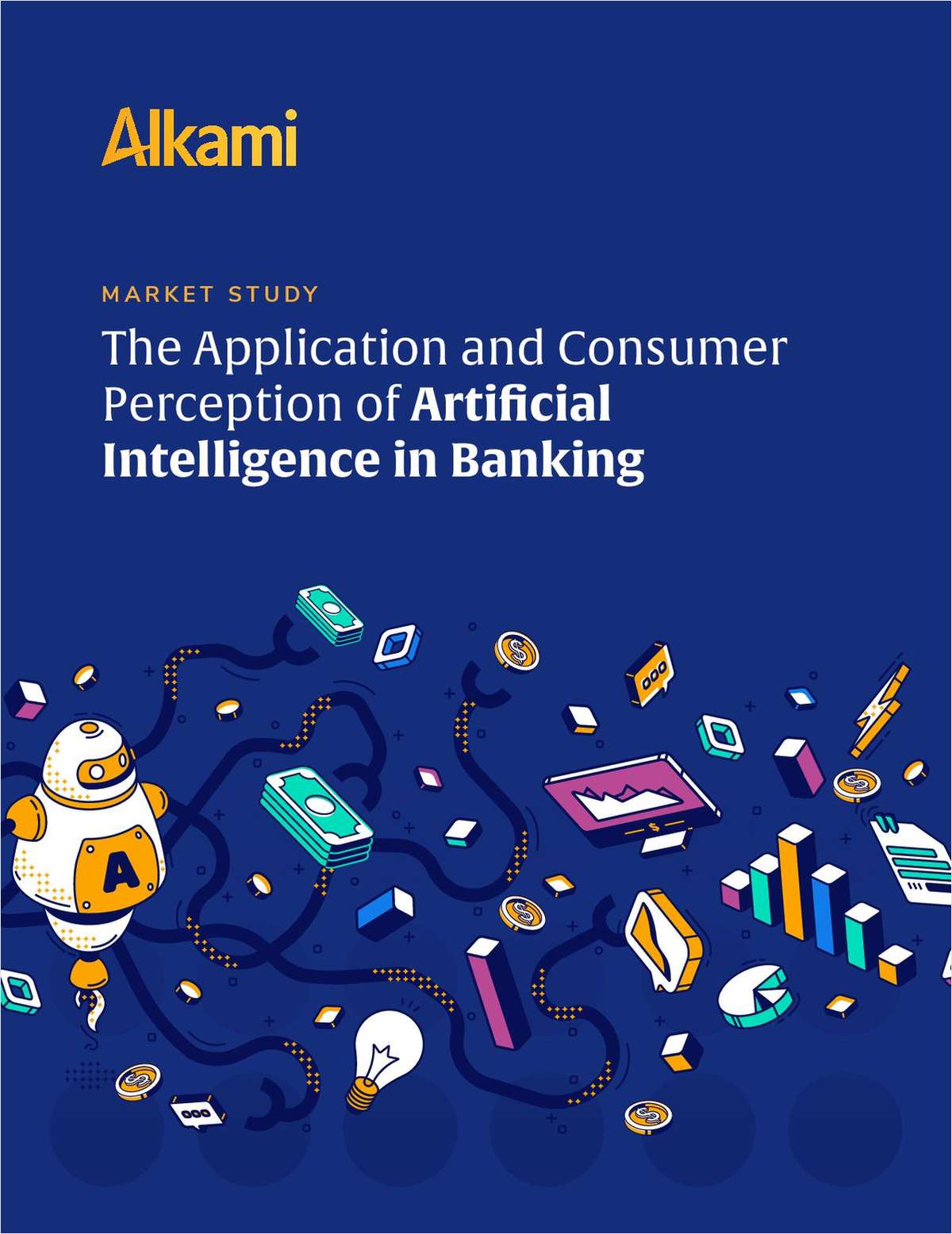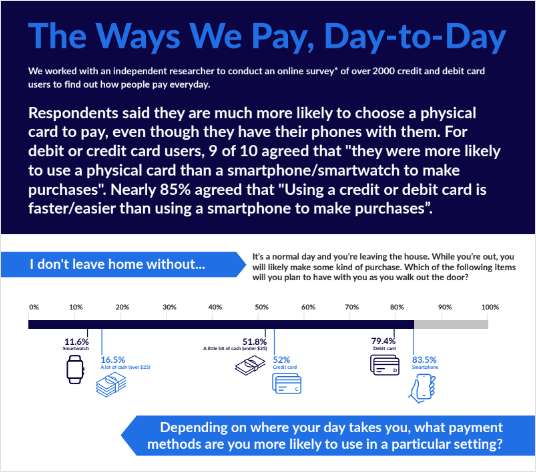ARLINGTON Va. – The .25 basis points that the Federal Reserve added to its discount rate on June 30 should have little impact on credit union card programs, but a series of rate hikes could act to shrink CU card portfolio profitability, experts estimated. "Since the rate has only been raised a quarter of a point, I don't think that in itself will have a significant effect on credit unions, especially since interest rates are still at near-historic lows," said Robert Hackney, president of Card Services for Credit Unions, the association of credit unions that process their card transactions with Certegy. "All the research suggests pricing, APR and annual fees in particular, are the primary drivers for most people when selecting a credit card. With the increase, consumers may begin paying closer attention to solicitations, but many credit unions offer fixed rate cards in addition to variable rate products." If Hackney is right, credit union card portfolio rates will roughly mirror those of the rest of the industry which will likely pass the rates on to variable rate card holders on a variety of different schedules, according to Cardweb.com, a site on the World Wide Web that tracks credit card trends. The large credit card issuers typically have a "pass through" period of roughly 45 days for their variable rate cards, according to Cardweb, and CSCU reported that many credit unions have a pass through period of at least that long or longer. The pass through period is crucial because credit cards which are at their floor interest rates may see profitability fall to nothing between the date of the interest rate hike and the posting of the new rates for cardholders. But Mike Gulledge, Director of Card Services for PSCU Financial Services, the card services organization for over 500 credit unions that process with First Data pointed out that many credit unions may not raise their interest rates at all, at least not unless the Federal Reserve hikes interest rates further. Gulledge said that most credit unions have a variety of interest rate cards in their portfolio and most are not at their floor. That means that credit unions might have more room to eat a quarter-point increase in their cost of credit card funds rather than hike their card rates. He added that hiking the rates of fixed rate cards tends to be a slower process because those programs often require more formal notifications of an interest rate hike as part of their card contracts. By contrast variable rate cards can often have their rates changed by way of a statement announcement. This means that the Fed's interest rates might need to rise significantly higher before some credit unions feel pushed to raise the rates on their fixed rate cards. According to Cardweb, the Federal Reserve may raise rates once more before the November elections and then up to five more times in 2005. In April 1994, Cardweb reported, the Fed raised rates from 6.00% to 6.25%. Then, over the course of less than a year, the Fed raised rates six more times, .25 bps, .50 bps, .50 bps, .25 bps, .75 bps, and .50 bps to a total of three full points. A similar rate hike now could put significant pressure on some credit union card bottom lines, although as Gulledge pointed out, a credit union card portfolio with a variety of different cards and card rates may be somewhat shielded from the interest rate impact. But Frank Selker, President of Asset Exchange, a leading brokerage for credit union card portfolios, cautioned that interest rates need to be evaluated in light of not only cards but the full range of financial pressures the increased rates may bring. "Interest rate increases will increase consumers' payments on variable rate mortgages and new mortgages. This will tighten budgets for some households, and could lead to increases in card delinquencies and charge offs," Selker said. He also pointed out that the narrower interest rate margins could render poorly managed CU card portfolios with net yields of zero. "A one point increase could make the difference in some portfolios," he said. -
Complete your profile to continue reading and get FREE access to CUTimes.com, part of your ALM digital membership.
Your access to unlimited CUTimes.com content isn’t changing.
Once you are an ALM digital member, you’ll receive:
- Breaking credit union news and analysis, on-site and via our newsletters and custom alerts
- Weekly Shared Accounts podcast featuring exclusive interviews with industry leaders
- Educational webcasts, white papers, and ebooks from industry thought leaders
- Critical coverage of the commercial real estate and financial advisory markets on our other ALM sites, GlobeSt.com and ThinkAdvisor.com
Already have an account? Sign In Now
© 2025 ALM Global, LLC, All Rights Reserved. Request academic re-use from www.copyright.com. All other uses, submit a request to [email protected]. For more information visit Asset & Logo Licensing.









